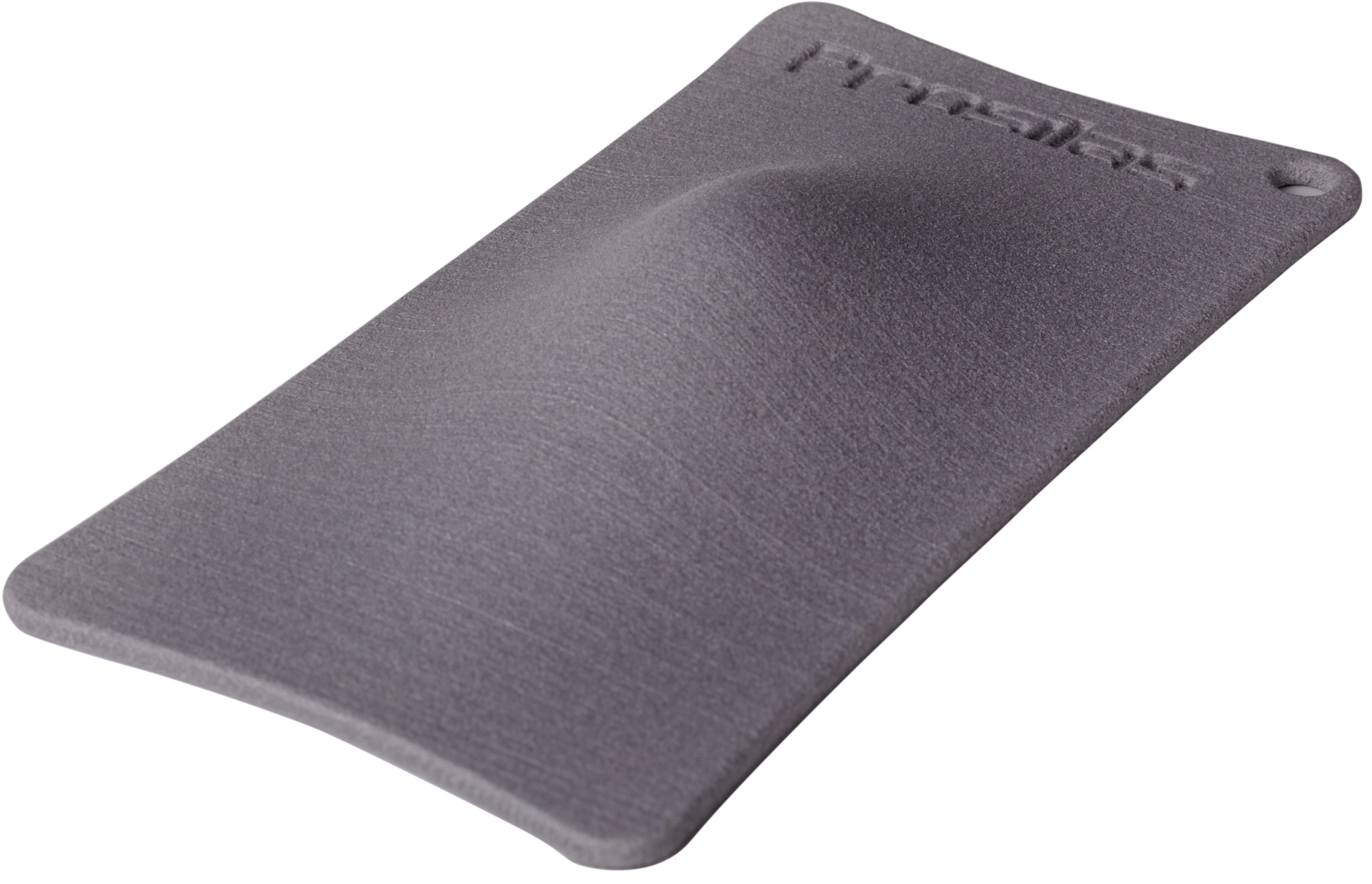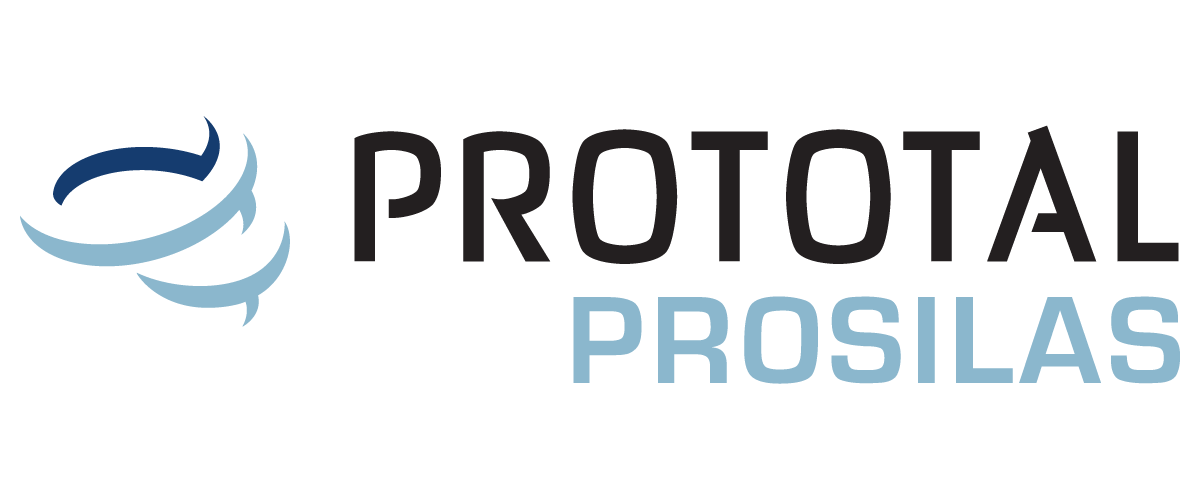Case Study: Topological Optimization and 3D Printing for a Lightweight and Durable Drone Frame
Drones that are increasingly high-performing and lightweight demand cutting-edge components.
Prosilas presents a case study showcasing the utilization of topological optimization and SLS 3D printing for the production of a drone frame using carbon fiber-reinforced polyamide.
The challenges:
- Reduce the weight of the frame to enhance the efficiency and autonomy of the drone.
- Ensure the frame’s strength against stresses and vibrations during flight.
- Create a complex and optimized geometry that is unattainable with traditional manufacturing methods.
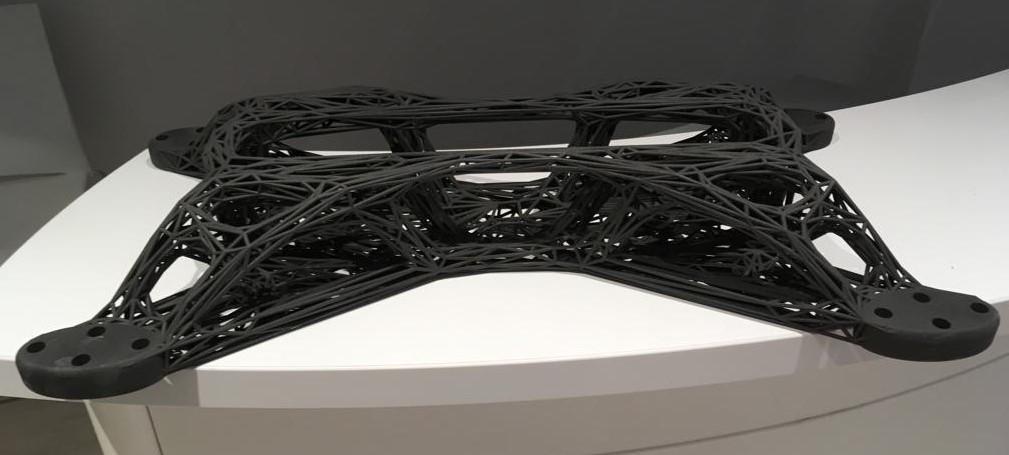
Design and Optimization
The drone frame was designed using topological optimization software.
This software analyzed the stresses and constraints to which the frame would be subjected during flight and generated an optimal geometry that utilizes only the necessary amount of material to meet strength requirements.
Production
The frame was manufactured using Selective Laser Sintering (SLS) 3D printing technology with carbon fiber-reinforced polyamide.
This material was chosen for its high mechanical strength, lightweight properties, and resistance to high temperatures.
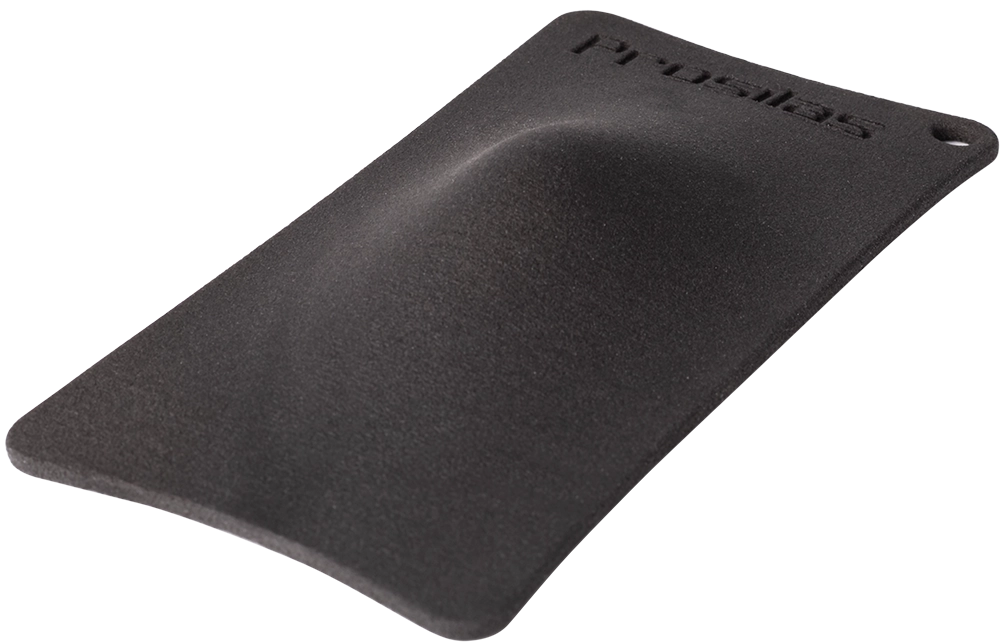
Results
The drone frame produced with carbon fiber-reinforced polyamide was found to be 50% lighter than a frame made with a traditional material such as aluminum.
Furthermore, the frame in this material demonstrated superior mechanical strength and better vibration absorption capabilities.
Benefits
The utilization of topological optimization and SLS 3D printing led to a series of benefits for the drone frame:
- Weight Reduction: The frame is 50% lighter than an aluminum frame, improving the efficiency and autonomy of the drone.
- Increased Strength: The carbon fiber-reinforced polyamide frame exhibits superior mechanical strength and better vibration absorption, enhancing the drone’s durability and reliability.
- Design Freedom: The use of 3D printing allowed for the creation of a complex and optimized geometry that would not be achievable with traditional manufacturing methods.
- Cost Reduction: 3D printing helped reduce frame production costs, making it more accessible for a wide range of applications.
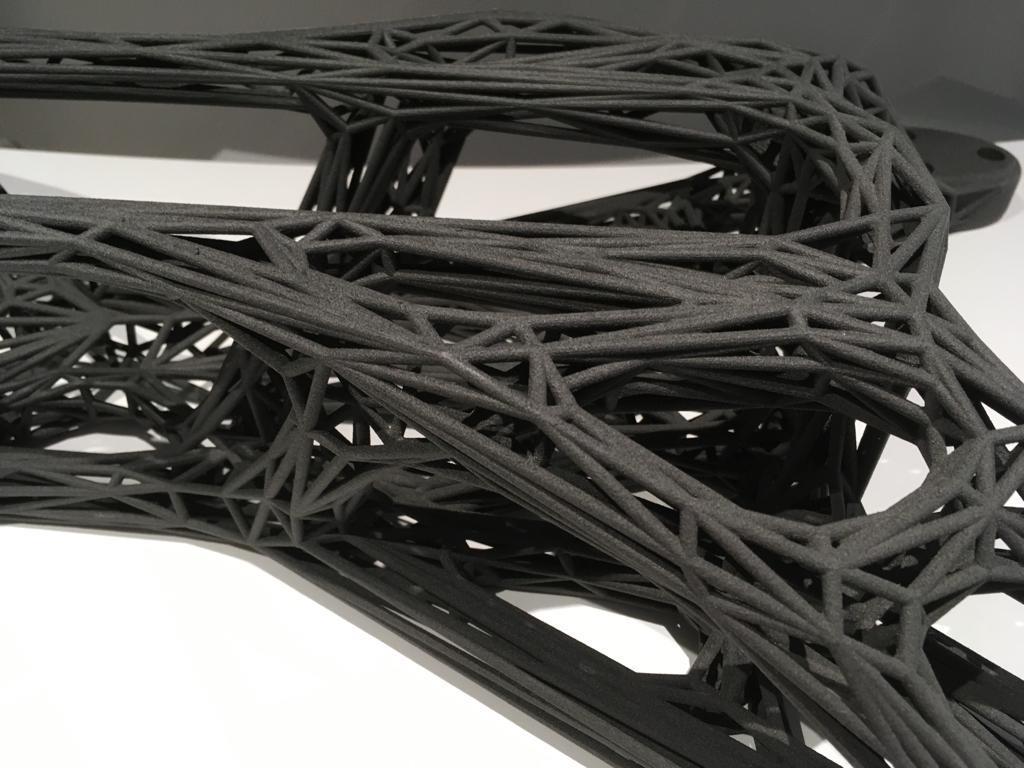
Hyper-Light Carbon: 20% Less Weight
In addition to carbon fiber-reinforced polyamide, Prosilas introduces Hyper-Light Carbon, one of the lightest materials in the world of 3D printing.
The new formulation of PA 12 with carbon fiber provides lightness, strength, and ease of processing. The material features a uniform surface finish, high precision, and an excellent strength-to-weight ratio.
It represents a further evolution for the production of drone frames and components where lightweight is a fundamental characteristic.
Hyper-Light Carbon stands out for its even lower density (0.82 g/cm³), enabling the creation of even lighter and more high-performance frames. This material also offers high mechanical strength, excellent surface finish, and ease of processing.
With Hyper-Light Carbon, you can:
- Achieve a new level of lightness and performance.
- Further enhance the efficiency and autonomy of the drone.
- Attain complex and optimized geometries for improved aerodynamics.
